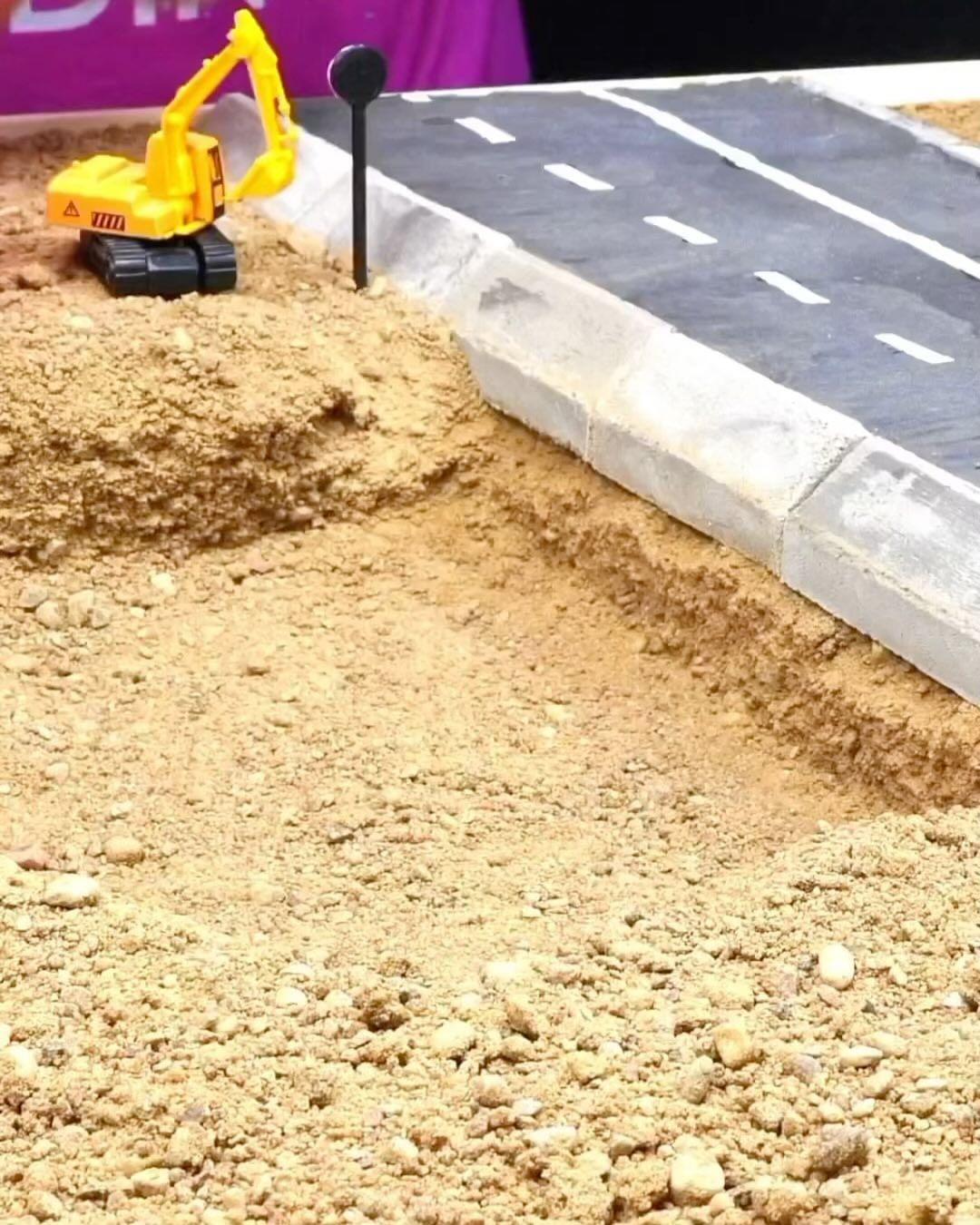
Über mich
- Lack of Awareness: Many individuals might not perceive or recognize invisible disabilities, leading to misconceptions, stigma, and disbelief.
- Accessibility Barriers: Accessibility barriers in public areas, workplaces, and academic establishments can hinder people' capacity to completely take part in society.
- Limited Support Services: Access to healthcare, assist services, and lodging could additionally be limited or insufficient for individuals with invisible disabilities.
- Social Isolation: Feelings of isolation and loneliness might come up because of a lack of knowledge and support from others.

- Advocacy Groups: Organizations such because the Invisible Disabilities Association (IDA) Canada and the Canadian Association of Invisible Disabilities (CAID) advocate for the rights and needs of individuals with invisible disabilities.
- Educational Campaigns: Awareness campaigns, workshops, and academic initiatives goal to increase understanding and empathy for individuals residing with invisible disabilities.
- Accessible Services: Efforts to improve accessibility in healthcare, schooling, employment, and public areas assist take away obstacles and improve inclusivity for individuals with invisible disabilities.
- Support Networks: Online and in-person help groups provide a sense of community, solidarity, and peer help for people dealing with related challenges.
Invisible disabilities encompass a wide range of circumstances, including chronic ache issues, mental health situations, neurological problems, autoimmune diseases, and sensory impairments. While these disabilities may not be seen to others, they will have a profound impact on individuals' physical well being, emotional well-being, and social functioning.
Invisible disabilities affect hundreds of thousands of individuals across Canada, presenting unique challenges that are not all the time immediately apparent to others. Despite their unseen nature, these disabilities considerably impression people' daily lives, requiring understanding, help, and advocacy. In this text, we'll explore the landscape of invisible disabilities in Canada, together with challenges confronted by individuals and efforts to promote consciousness and assist.
For individuals in Canada in search of assist or information about invisible disabilities, the IDA's website serves as a valuable resource. It provides a platform for connecting with others facing similar challenges, accessing instructional supplies, and finding steering on navigating day by day life with an invisible disability.
four. Are low-tech options cost-effective?
Many low-tech options are comparatively inexpensive and cost-effective in comparability with high-tech options or complex interventions. However, the cost might vary relying on elements corresponding to customization, supplies, and sturdiness. It's essential to explore numerous options and think about long-term benefits when investing in low-tech options.
Invisible disabilities pose significant challenges for people across Canada, however efforts to boost consciousness, promote understanding, and build support are making a positive influence. By advocating for inclusivity, accessibility, and help companies, we can create a extra inclusive and supportive society where individuals with invisible disabilities can thrive.
Impact:
Assistive technology enhances communication and social interplay for people with disabilities, enabling them to speak their thoughts, needs, and emotions, build relationships, and interact in significant social interactions.
Impact:
Assistive technology promotes self-care, empowers individuals with disabilities to take control of their well being, and facilitates entry to healthcare assets and assist, resulting in improved well being outcomes and enhanced general well-being.
Solution:
Assistive expertise tools and workplace accommodations, corresponding to ergonomic keyboards, display screen magnifiers, and voice recognition software, assist people with disabilities in accessing employment alternatives, performing job duties, and advancing in their careers.
Solution:
Communication aids, speech-generating devices, and augmentative and different communication (AAC) techniques assist people with speech or language impairments express themselves and interact with others effectively.
Grab bars and handrails put in in bathrooms, stairwells, and other areas present stability and assist for individuals with mobility challenges. These sturdy fixtures improve safety and confidence when navigating doubtlessly hazardous environments.
Impact:
Assistive know-how fosters inclusion in mouse click the next webpage workplace, permits people with disabilities to overcome limitations to employment, and promotes equal entry to career alternatives, contributing to financial independence and social inclusion.
Ort
Beruf

